 PO
Box 9021, Wilmington, DE 19809, USA
PO
Box 9021, Wilmington, DE 19809, USAE-mail: font@focusonnature.com
Phone: Toll-free in USA 1-800-721-9986
or 302/529-1876
 PO
Box 9021, Wilmington, DE 19809, USA
PO
Box 9021, Wilmington, DE 19809, USA
E-mail: font@focusonnature.com
Phone: Toll-free in USA 1-800-721-9986
or 302/529-1876
PHOTOS
OF
NATURE
AND
SCENERY
IN
SONORA, MEXICO
including birds, butterflies, &
MAMMALS
photographed mostly during
the Focus On Nature Tour
in September 2008
(with most photos courtesy of Doris Potter)
Links:
A
cumulative list of birds during FONT's Mexico Tours:
List 1: Tinamous to
Woodpeckers) (with
photos)
List 2: Manakins to Buntings) (with photos)
Birds of Sonora, Mexico (with photos)
Lists of Mammals & Other Wildlife during FONT Mexico Tours (with photos)
Highlights of Previous FONT Tours in Mexico
Upcoming
FONT Birding & Nature Tours in Mexico
Photographs follow this
narrative written by Armas Hill, leader of the Sep '08 FONT tour in Sonora,
Mexico:
Following
our tour in Arizona, in September
'08, we
crossed the border from the
We headed toward a place that was to be special to us, for the birds
and the other nature that we would experience there. It's the property of a
large ranch, about 30,000 acres, in the
Wildlife does abound in the area. Pumas are said to be common.
Deer and Coyote are as well. Many birds occur. During our
tour, both Montezuma and Elegant Quail were found. In one of the
canyons, we found Rufous-capped Warblers. A Mexican Yellow Grosbeak was
seen, as were Five-striped and Rufous-winged Sparrows. The last of
these species can be seen locally in southern
In all, we saw a good number of birds, of about 70 species, on and near
the property of the ranch.
What probably is best about where we were in the remote hills of Sonora is that
it IS NOW, as places such as Arizona WERE in the past - before the
"development" brought highways, agriculture, and many people. On the
property in
Oh, there are some cattle on the ranch, but not many. As one traveled about on
the property on tracks in a four-wheel drive vehicle, one had the opportunity to
sense, during our visit, what a "natural place" could really be like -
and how it was before the highways, agriculture, and many people.
I thought, more than once, as I was in those Sonoran hills, that a place in the
As noted, there are a lot of birds and other nature in those
At one point, as we were driving, we noted a huge flock of birds kettling in the
sky, hundreds of them, maybe a thousand. A look in the binoculars showed them to
be Ravens.
Also in the region, numerous birds occur at
To give again an idea of how remote and wild the area we visited in
As we stood on a hill overlooking Lake
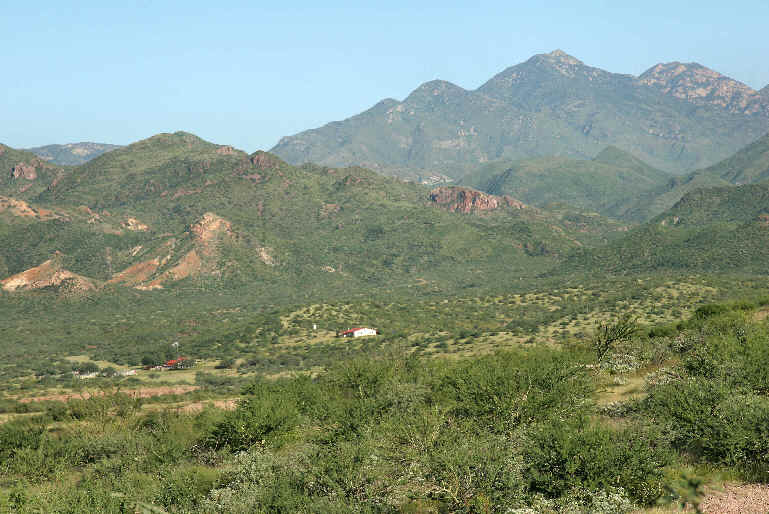
An overall view, showing the ranch where we stayed
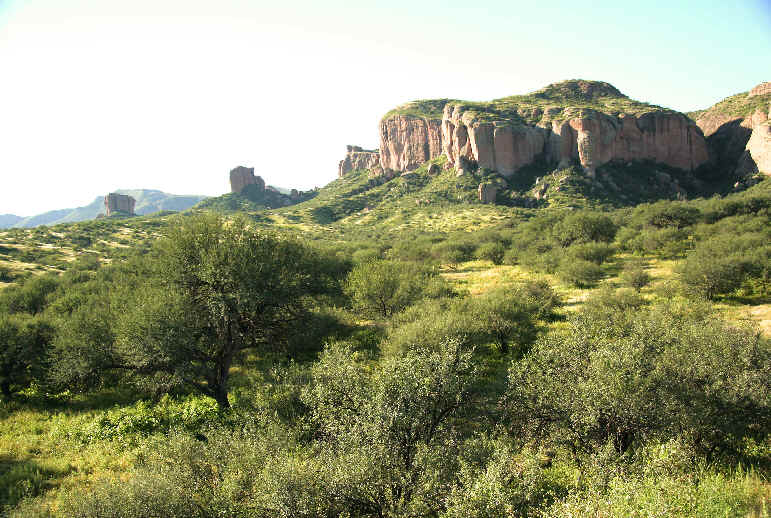
Beautiful scenery
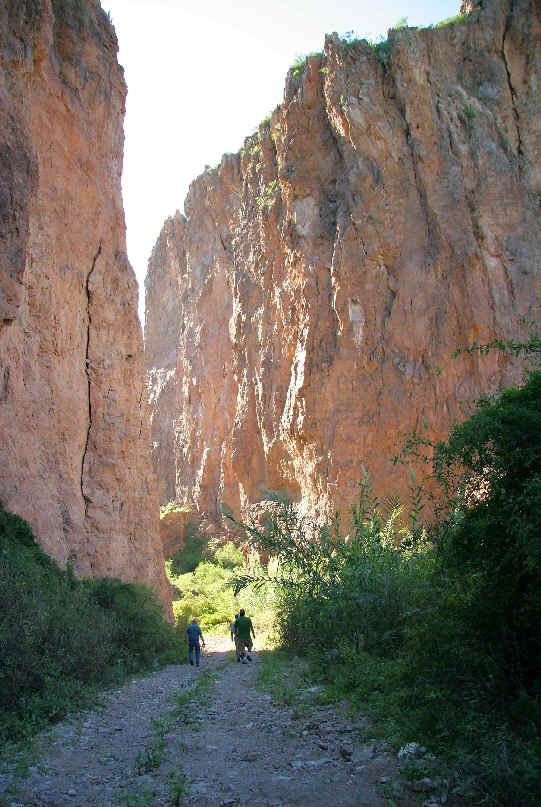
Above & Below:
A canyon,
in which we saw Rufous-capped Warbler during our last tour,
and where a couple years ago Military Macaws occurred.
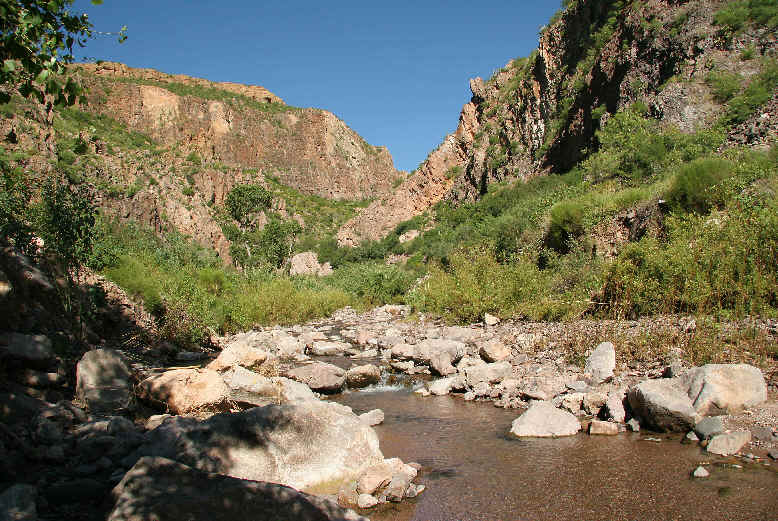
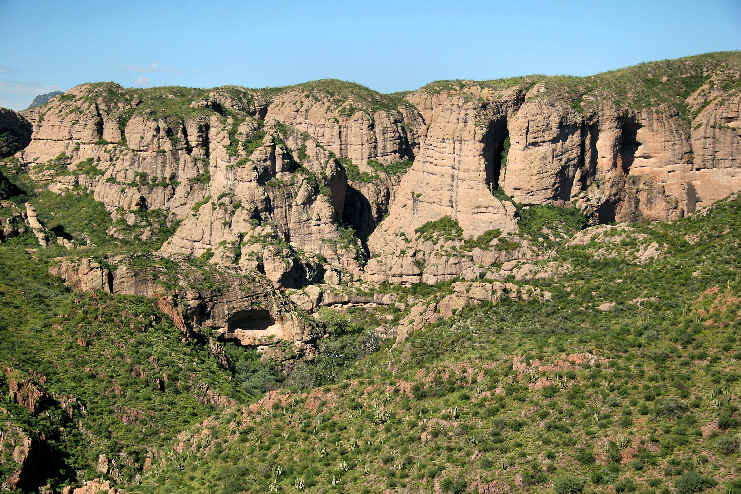
Even more, on the 30,000-acre property of the ranch
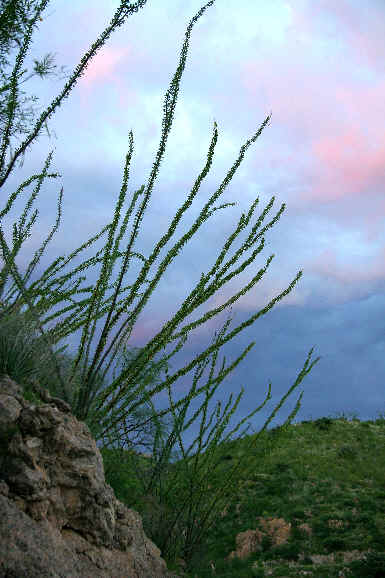
Above: The desert plant
known as Ocotillo.
Below: a hillside of it.
When in bloom, its bright red flowers attract hummingbirds.
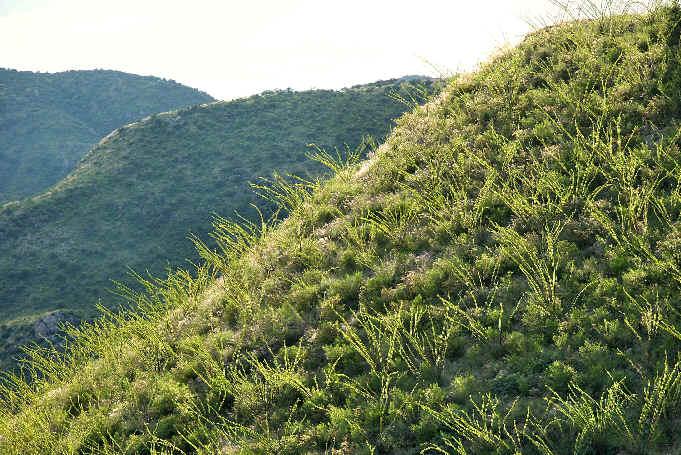
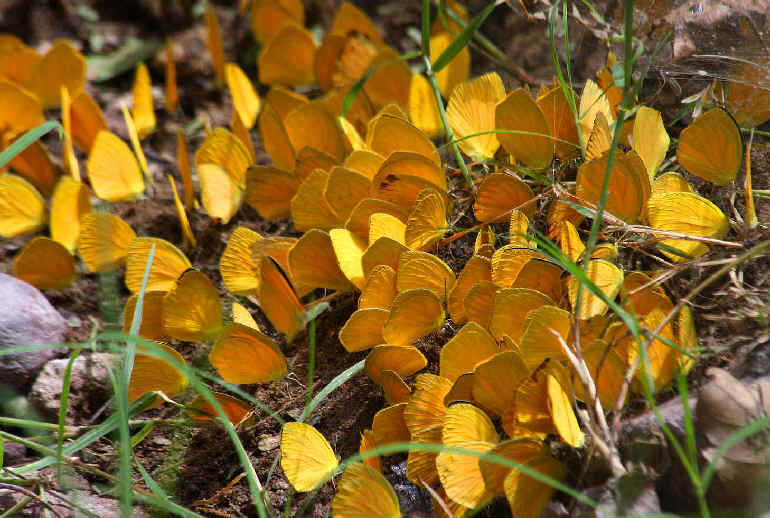
A cluster of
butterflies,
during our most-recent tour in Sonora, Mexico.
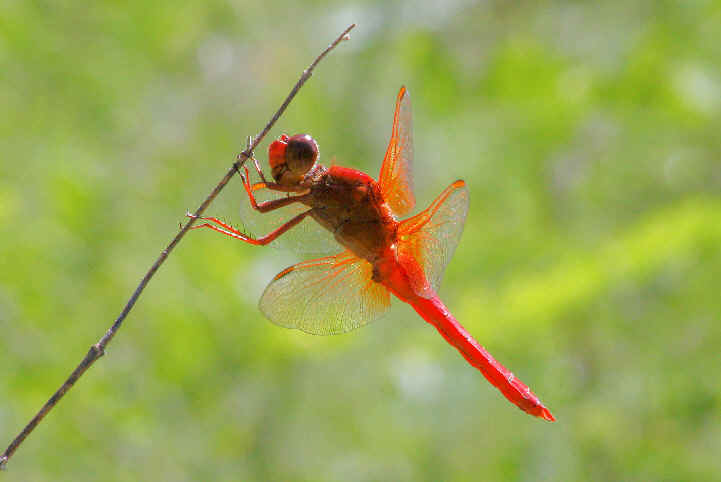
A Dragonfly known as the Neon
Skimmer
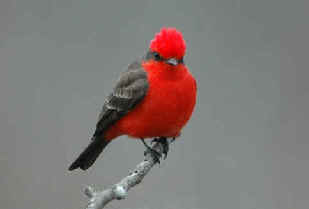
A bright male
Vermilion Flycatcher.
A Mexican name for this bird is
"Brazito del Fuego",
meaning "little ball of fire".
(this photo by Howard Eskin)
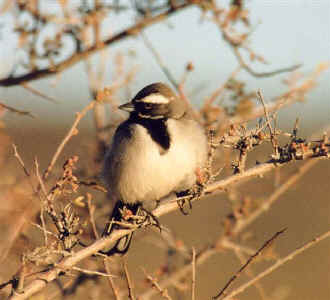
Black-throated
Sparrow
(that's also been known as the Desert Sparrow)
(this photo by Marie Gardner)
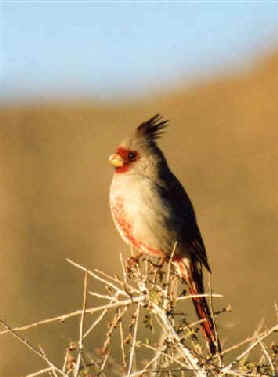
Pyrrhuloxia
(a cousin of the Cardinal)
(this photo by Marie Gardner)
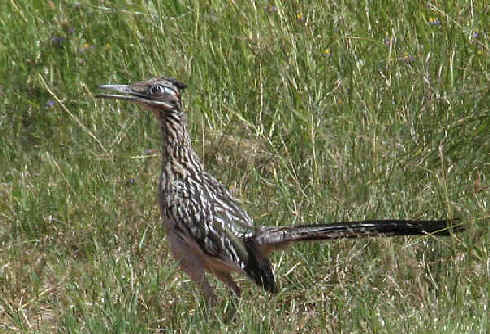
A Greater Roadrunner,
one of 2 species of roadrunners in Mexico
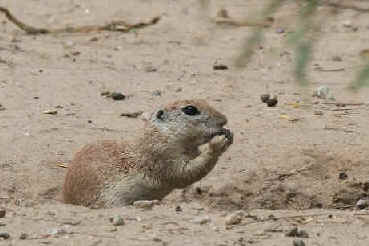
A small mammal, the Round-tailed Ground Squirrel
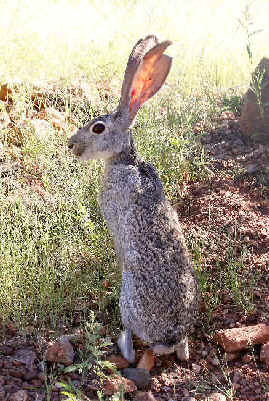
A large animal of its kind, the Antelope Jackrabbit
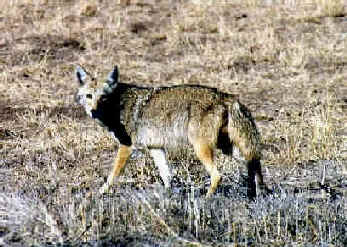
The widespread & adaptable Coyote
